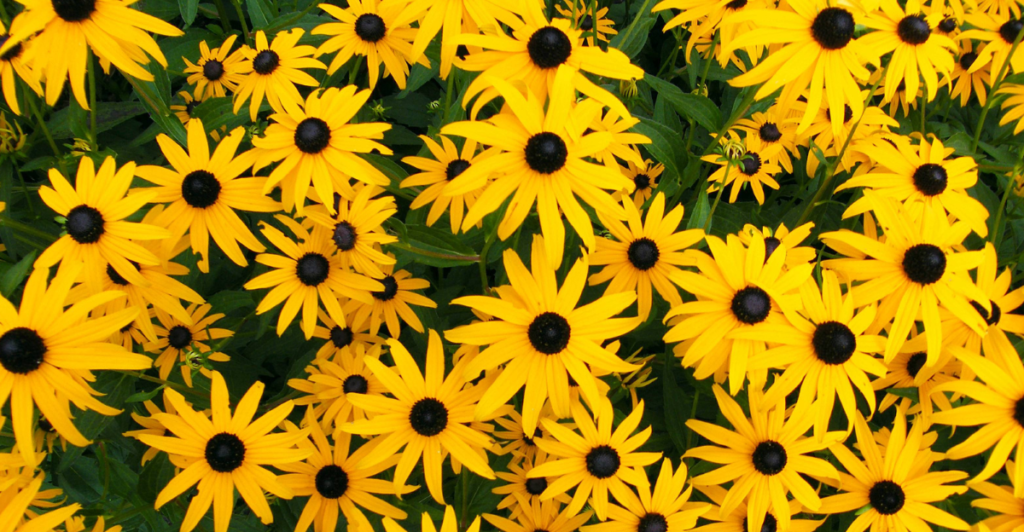
Deer are majestic creatures, but they can wreak havoc on gardens. If your carefully cultivated blooms and vegetables are frequently reduced to stubs by unwelcome visitors, don’t despair. Certain plants can naturally deter deer while adding beauty and functionality to your garden. Here’s a guide to creating a deer-resistant oasis.
Understanding Deer Behavior

Before delving into plant selection, it’s essential to understand why deer find your garden appealing. Deer are opportunistic feeders, attracted to tender, flavorful plants with high water content. They are less likely to eat strong-smelling, fuzzy, or bitter-tasting plants. By strategically choosing such plants, you can protect your garden without resorting to fences or repellents.
Planting Herbs to Repel Deer

Herbs with pungent scents are highly effective at deterring deer. Plants like lavender, rosemary, sage, and oregano are aromatic powerhouses that deer dislike. Not only do these herbs keep deer at bay, but they also offer culinary and medicinal benefits. Planting them along the perimeter of your garden can create a natural barrier.
For example, lavender’s strong fragrance acts as a natural shield, while rosemary’s needle-like leaves are unappetizing to deer. These hardy plants thrive in various climates and require minimal maintenance.
Incorporating Ornamental Grasses

Ornamental grasses like switchgrass, blue fescue, and feather reed grass are unappealing to deer. Their texture and height make them difficult to munch on, and they add a striking visual element to your landscape.
Switchgrass, for instance, provides year-round interest with its feathery plumes, while blue fescue’s soft blue-green hues offer a calming effect. Plant these grasses in clusters for maximum impact and protection.
Choosing Deer-Resistant Flowers

Bright, colorful flowers can still be a part of your garden if you select deer-resistant varieties. Flowers like daffodils, marigolds, and foxgloves are not only beautiful but also deer-deterring.
Daffodils contain lycorine, a toxic compound that deer avoid. Marigolds, with their pungent scent, act as a natural repellent. Foxgloves, though stunning, are toxic to many animals, including deer, making them a perfect choice for safeguarding your garden.
Shrubs and Bushes That Keep Deer at Bay

Shrubs like boxwood, holly, and barberry can protect your garden. Boxwood’s dense foliage and strong smell are unappealing to deer, while holly’s sharp, spiny leaves deter browsing.
Barberry, with its thorny branches and vibrant foliage, serves as both a decorative and protective barrier. These shrubs can be planted as hedges or standalone features to create a fortress-like perimeter around your garden.
Deer-Resistant Vegetables and Fruits

If you grow vegetables and fruits, opt for deer-resistant varieties like asparagus, rhubarb, onions, and garlic. These plants have strong scents or textures that deer find unpleasant.
Garlic and onions, in particular, are excellent deterrents due to their pungent aroma. Planting them alongside more vulnerable crops can help shield your garden. Rhubarb’s large leaves and bitter taste also make it an unappetizing choice for deer.
Using Fragrant Perennials

Fragrant perennials like Russian sage, catmint, and peonies can help keep deer at a distance. Russian sage’s silvery foliage and lavender-like flowers exude a smell deer dislike. Catmint, a cousin of catnip, offers a calming fragrance for humans while repelling deer.
Peonies, though loved by gardeners for their large blooms, are avoided by deer due to their bitter taste. Plant these perennials in sunny spots to enhance your garden’s aesthetics while safeguarding it from hungry intruders.
Native Plants: A Natural Defense

Native plants are often more resistant to local wildlife, including deer. Species like yarrow, black-eyed Susan, and coneflowers are not only beautiful but also well-adapted to deterring deer in their natural habitat.
Yarrow’s fern-like leaves and tiny clusters of flowers make it an attractive yet practical choice. Black-eyed Susan’s and coneflowers are both hardy and low-maintenance, providing vibrant blooms throughout the growing season.
Designing a Layered Defense

To maximize deer resistance, consider a layered planting strategy. Place unappetizing plants like herbs and grasses along the outer edges of your garden. Inside, include a mix of deer-resistant flowers, shrubs, and vegetables.
This approach not only protects your garden but also creates a visually appealing layout. The outer layer serves as a deterrent, while the inner layers provide a safe haven for more vulnerable plants.
Seasonal Maintenance

Maintaining a deer-resistant garden requires regular upkeep. Trim plants to prevent overgrowth, which can attract deer. Refresh mulch and remove fallen fruit or leaves that may tempt wildlife.
Additionally, consider rotating plant varieties seasonally. Deer may adapt to certain plants over time, so introducing new species can keep them at bay.
Combining Plants with Other Deterrents

While planting deer-resistant species is effective, combining them with other deterrents can enhance your garden’s defense. Motion-activated sprinklers, reflective tape, and natural deer repellents can complement your plant choices.
These additional measures ensure that even the most persistent deer think twice before entering your garden.
A Beautiful, Deer-Free Garden

By choosing deer-resistant plants and employing strategic design, you can protect your garden while maintaining its beauty and functionality. Incorporate herbs, grasses, flowers, shrubs, and native species to create a harmonious yet fortified space. With regular maintenance and thoughtful planning, you can enjoy a flourishing garden free from unwelcome visitors. Deer may be part of nature’s charm, but your garden doesn’t have to be their buffet.
Stay connected with us for more stories like this! Follow us to get the latest updates or hit the Follow button at the top of this article, and let us know what you think by leaving your feedback below. We’d love to hear from you!







